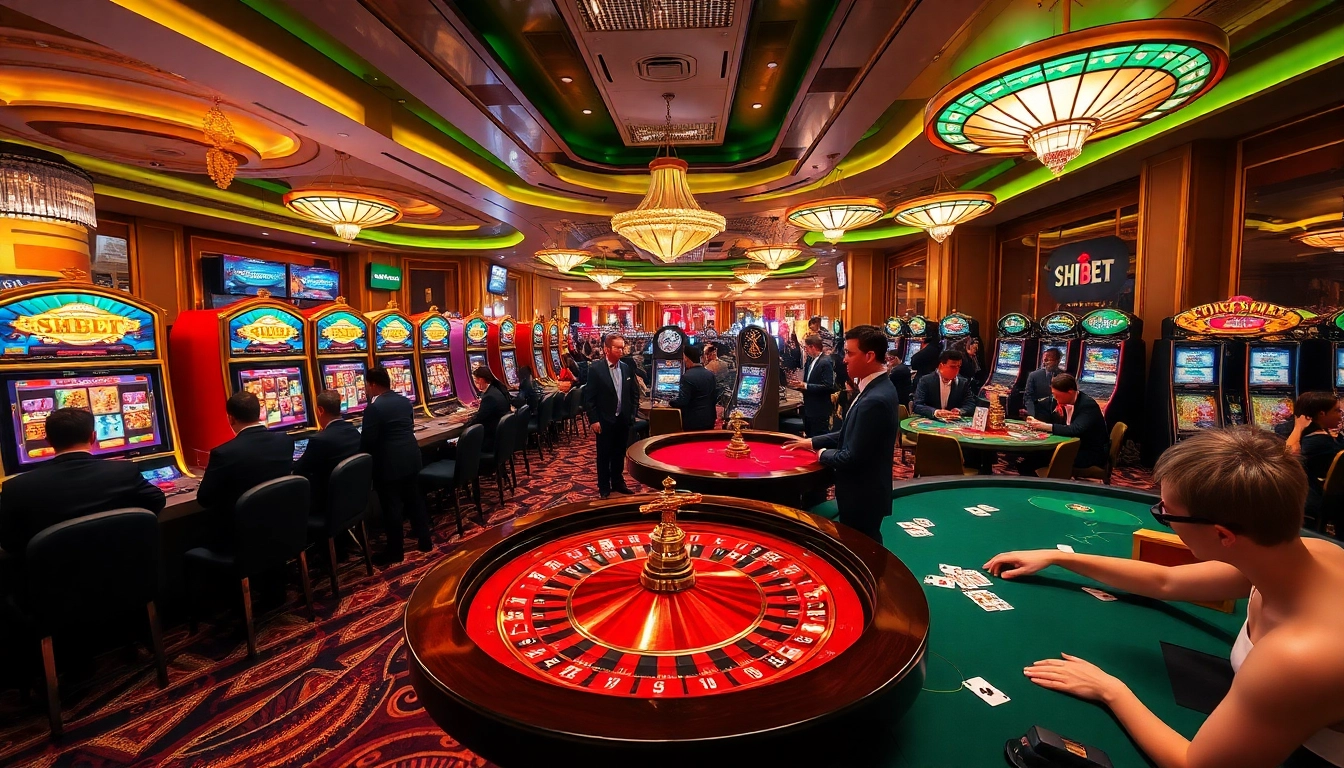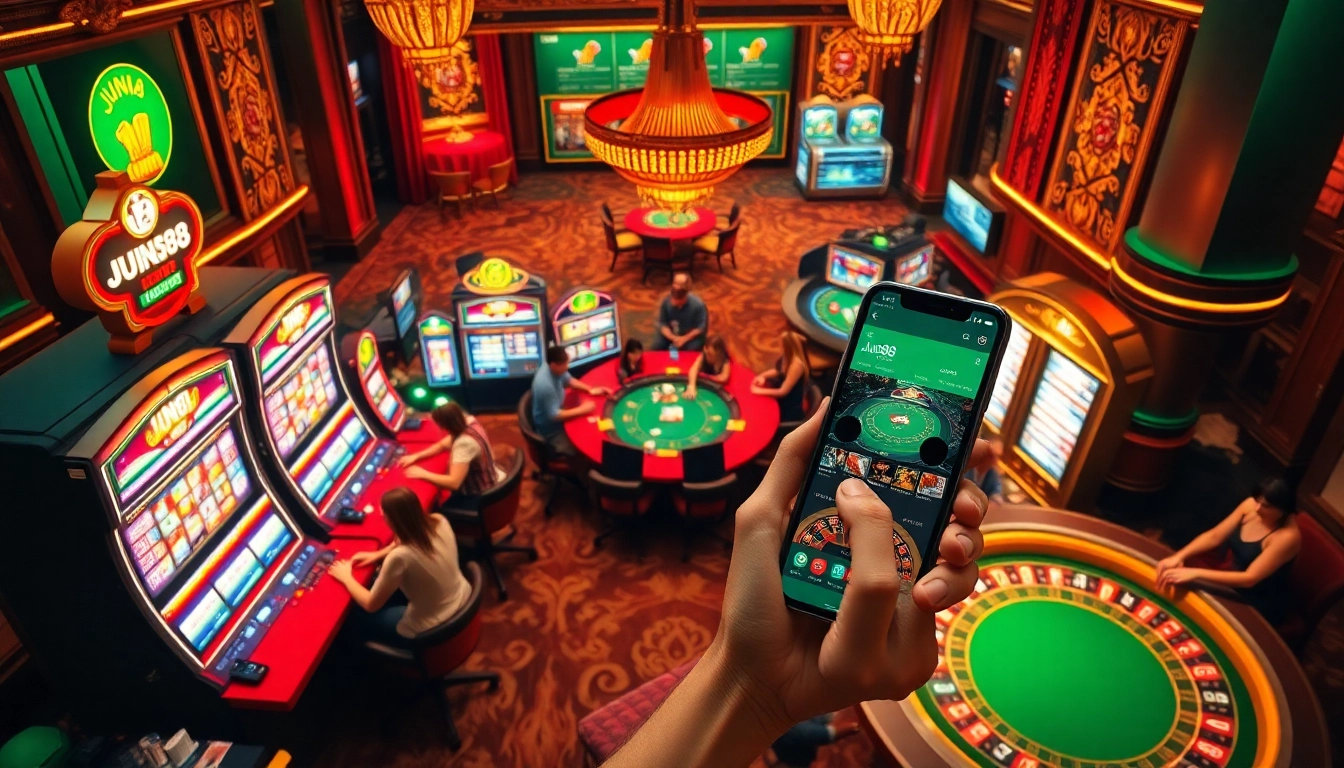Gambling in casinos has long been a fascinating universe where thrill and fortune collide. Whether it’s the sound of shuffling cards at the blackjack table, the revolving wheels of a slot machine, or the tactical moves in poker, each element of the game draws players into a unique experience. Yet, behind the sparkly facade lies a complex framework of mathematics and statistics that determine the results and, ultimately, the advantage of the house.
Understanding the statistics in casino gaming is crucial for anyone looking to boost their experience and perhaps better their odds of winning. The house always has an upper hand, but knowing how games work at a fundamental level can help players navigate this exhilarating landscape more intelligently. By analyzing key principles such as staking methods, gameplay regulations, and odds of the house, we can uncover the secrets that regulate the casino floor, allowing for more informed decisions and a greater understanding for the games offered.
The Casino Advantage Explained
In gambling gaming, the house advantage refers to the calculated benefit that the house holds over players in different games. This advantage is built into the rules of each type of game, ensuring that, over time, the house will generate a gain. For example, in activities like Roulette or blackjack, the odds of success are slightly not as favorable for players than the payouts suggest. This difference allows the house to maintain its operations and continue offering activities to gamblers.
Understanding the advantage is essential for gamblers who want to make informed choices about their gambling tactics. It varies from type of game to game; for instance, slots often have a larger house edge compared to games like Poker or blackjack, where expertise can affect outcomes. By being aware of the house edge, gamblers can select games that offer better odds, potentially resulting in better outcomes during their gambling sessions.
In addition to this to the house edge, it’s important to acknowledge that this edge becomes evident in the long run. While individual gamblers may experience short-term wins, consistently relying on luck can lead to losses as the advantage takes effect. Thus, having a strong understanding of the house edge not only enhances the fun of casino gaming but also empowers gamblers to make smart choices that match their gambling preferences and tolerance for risk.
Categories of Gambling Games and Their Odds
Casino gaming offers a varied range of options, each with its own distinct set of rules and odds. Slots are among the most favored options and are characterized by their easy mechanics. Gamblers spin the wheels in hopes of landing matching symbols. The odds vary depending on the slot’s configuration, but generally, the house edge can range from 2 to 15 percent. This renders slot machines appealing for their capability for large wins, though they are often the lowest advantageous in regards to probabilities for the gambler.
Card games such as blackjack and roulette present a different approach to casino gaming. In blackjack, players compete against the croupier, aiming to achieve a total as near to 21 as possible without exceeding it. The casino advantage in blackjack can be as low as 1 percentage point when participants use optimal strategy. In the wheel, bets can be made on specific digits or hues, but the presence of the house’s zero or double zero raises the odds against the player, resulting in a house edge of around 5.26 percent in American the wheel.
Poker is another popular casino activity that stands out because it involves competition against other players rather than the house. The probabilities in poker differ depending on the expertise of the players and the particular format of the activity, such as Texas Hold’em or Omaha. While tỷ lệ kèo takes a minor fraction of the winnings, known as the cut, the true probabilities rely on the gambler’s ability to outplay rivals. This creates a situation where skill can greatly impact a gambler’s victory, setting apart poker from traditional gambling activities.
Methods to Beat the Odds
An essential critical tactics in gambling at casinos is understanding the house advantage and picking options with the optimal chances. Titles like 21, Omaha, and specific types of video poker often have slimmer house edges than slot machines or roulette. By focusing on these choices, participants can maximize their likelihood of winning in the long run. Moreover, it is vital to master the best strategies for these games, as making wise choices can significantly impact overall outcomes.
Bankroll management is a crucial strategy for gaining an edge. Establishing a budget before playing and following it can keep players from chasing losses and making impulsive bets. Establishing limits on winning and losing helps maintain control and makes sure the gaming experience remains enjoyable. Smart players frequently allocate a share of their winnings and avoid playing with money they cannot afford to lose.
Lastly, taking advantage of incentives and reward programs can also provide an upper hand. A lot of casinos present bonuses, complimentary play, or benefits for regular players. Being aware of these offers and using them strategically can enhance a player’s overall gaming experience while effectively increasing playing time. By integrating tactics, safe gambling, and savvy use of casino resources, players can have a better chance of winning.


Leave a Reply